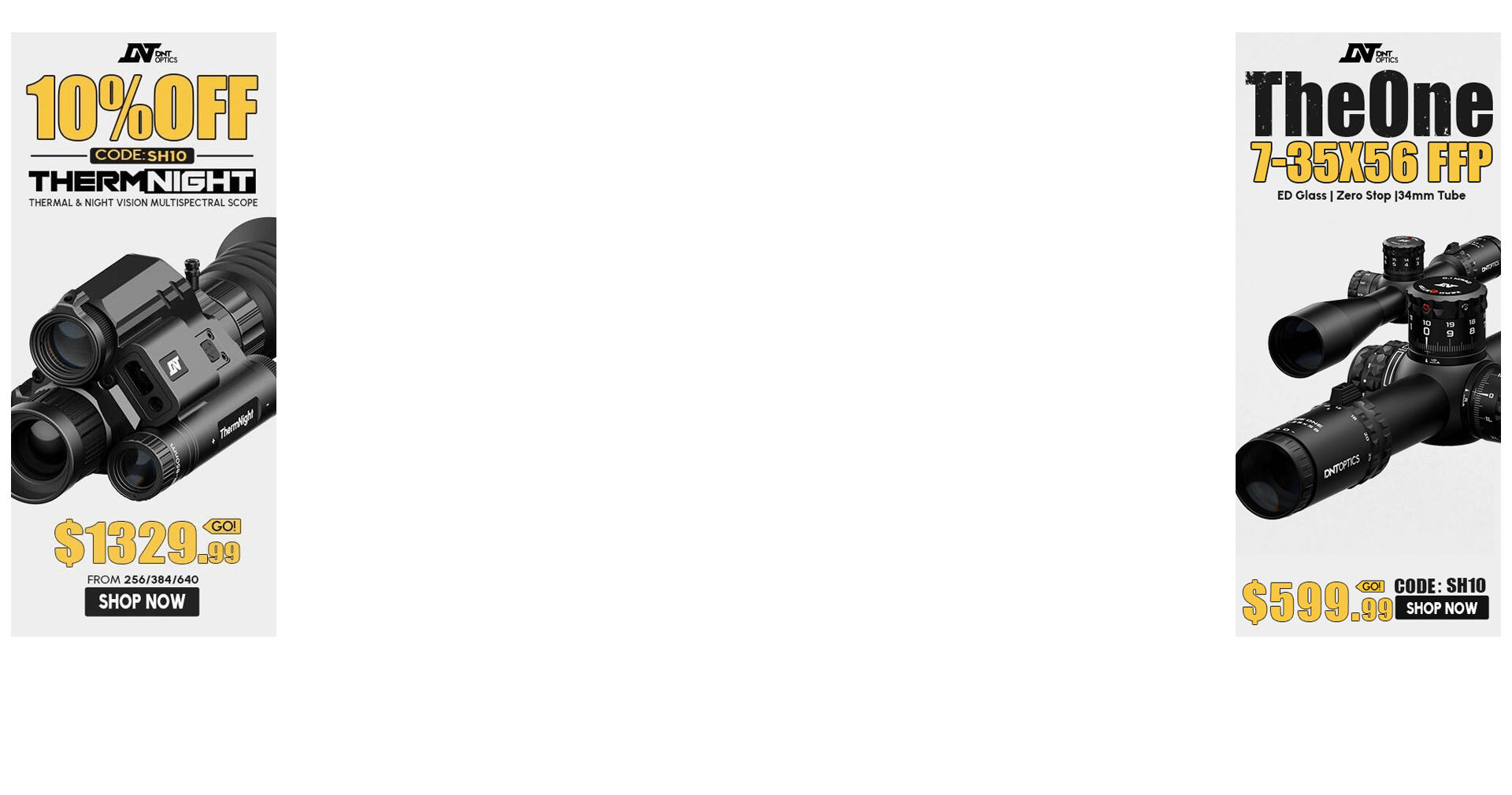Barrels are contoured the way they are because back at the beginning nobody knew what worked and they did a lot of trial and error. After they saw some trends, they did some refined trial and error. Things got better.
After all that some scientific types came along, wrote some formulae to fit the data curves, and claimed all the credit.
Maybe they were right. Maybe...
Different applications require different contours.
Lightweight barrels are more maneuverable, and I'd like something like that in the woods. But they also heat up more quickly, and many get less accurate when they do.
Heavyweight barrels are easier to shoot from a stationary firing point, in some part because the extra mass serves as a heat sink, and more rounds can be fired before heat induced inaccuracy emerges. Unfortunately, just as it takes longer to heat these barrels, it also takes longer to cool them back down. And nobody wants to haul a mega-barrel around on the deer trails for hours on end.
How the mass of the barrel is distributed can be important, especially if one treats the barrel as a tuning fork, and begins to equate frequencies with bullet transit times. This is the origination of barrel harmonics, and that goes a long way toward finding accurate load recipes.
There are these many, and more, factors to consider.
Greg

